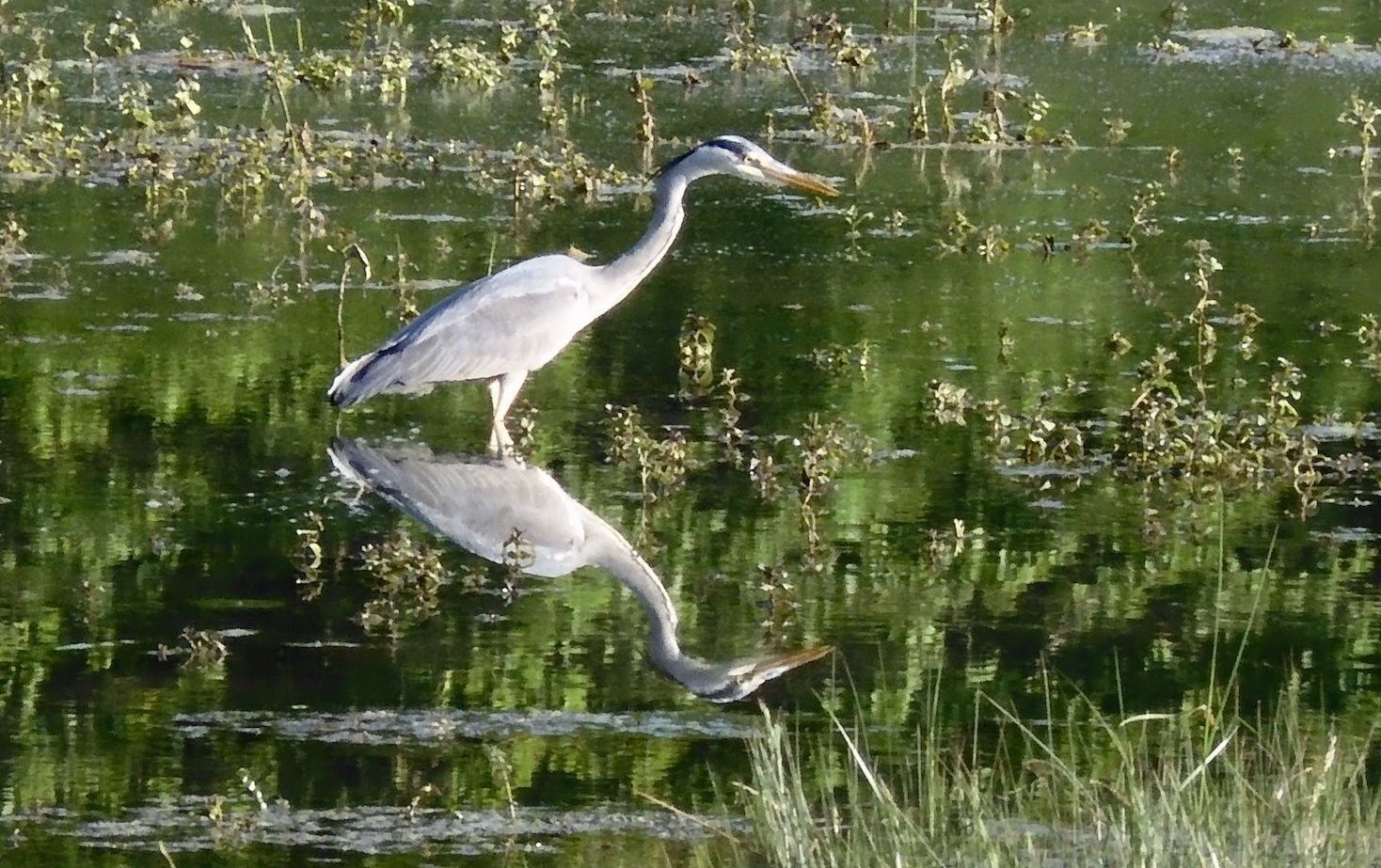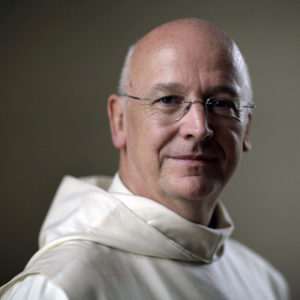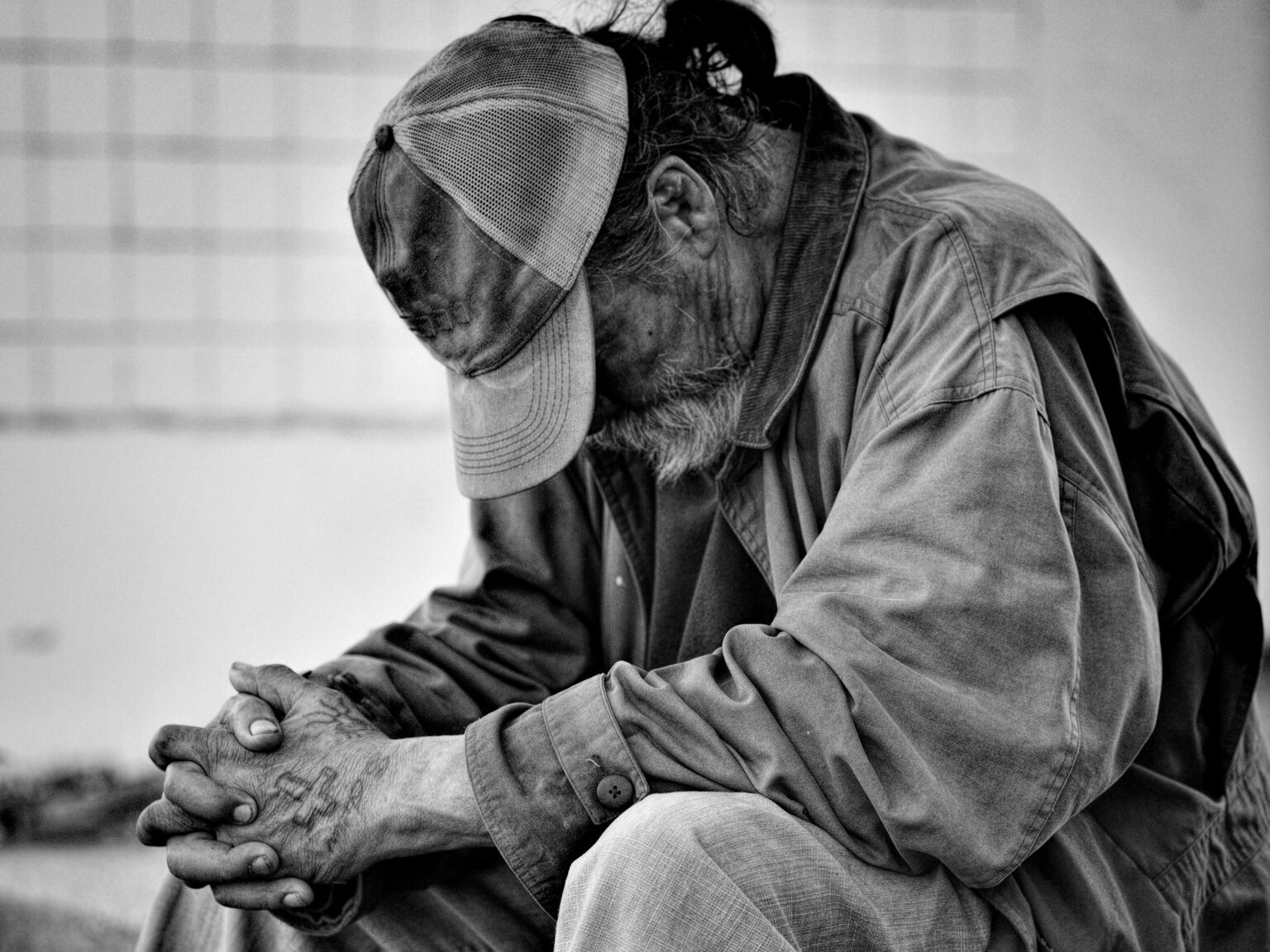Dearest friends,
In between the rolling shutdowns and isolation, I slipped away for a couple of days to visit the origins of humanity. I had long yearned to visit the Lascaux caves which are just a couple of hours from Bonnevaux in the beautiful Dordogne region. On 23 September 1940 they were discovered by three boys playing football. Their dog, called Robot, fell down a sinkhole and in rescuing him they slid down a steep slope to find themselves in a vast subterranean chamber. Then they noticed the powerful, silent images of animals, bison, horses, auroch, bulls, deer and a bear, on the walls of the cave. The boys were the first to see them for 20,000 years. They ran to tell their schoolmaster who couldn’t get down the hole but asked them to draw the images they had seen so he could show them to the experts.
This event not only opened new horizons to Paleolithic Art but to the self-understanding of humanity itself. No longer could we think of our human ancestors, even up to 40,000 years ago, as stupid or what we usually mean by ‘primitive’. Their minds were more complex and sensitive than we imagined. Studying this earliest, enigmatic art convinced scholars that the images are not random but intelligently and beautifully composed and not merely magical but consciously symbolic. It changed the way we think about what ‘human’ means while intriguing us with an intimate, strangely familiar mystery that we will never be able to solve or prove.
Six years later three Bedouin shepherd boys entered a cave in the Judaean desert and discovered ancient Jewish scrolls as old as the third century BCE. The Dead Sea Scrolls, as they are known, became the centre of shameful academic and financial competition for years but have changed our understanding of the Biblical tradition and early Christianity. In the Dordogne and in the Qumran caves discoveries were made that exposed our ignorance, our complacency about what we thought we knew and freed us for greater self-understanding.
I have always been attracted to caves and rather frightened of them. They are deep, dark, mysterious and offer the promise of treasure. Like the cave of the heart, we have to feel the attraction – or surrender to the accidental discoveries – that introduce us to these sacred spaces. But then we have to be young at heart, more curious than scared, and risk the journey inwards, to slither down the slope that leads to the inner chambers full of the resident primal presence in which we find ourselves. And we need companions in this solitude.
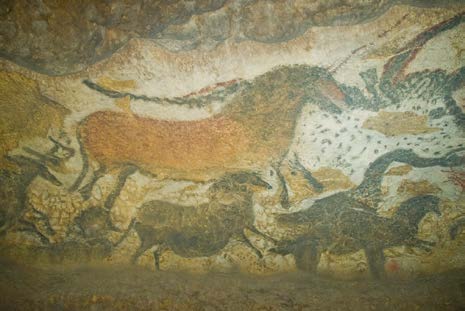
The Cave is the symbol of the journey of self-knowledge. In Plato’s famous Allegory, humanity is enchained in ignorance watching flickering shadows on a wall cast by a fire behind them that they cannot see. One person manages to get free and begins the long steep journey up and out of the cave into the light. There he is amazed by the colours and beauty of the world but looks higher still till he gazes into the sun, the source of light. He comes back into the cave chamber and proclaims his discovery, urging them to follow him to freedom. But they are scared to leave the cave and angrily refuse to believe him. The descent into the cave is the beginning of the journey up and beyond the cave. As the great teachers of wisdom often put it – they needed and loved paradox to communicate what they had found. The way down is the way up. The way forward is the way back. The way in is the way out.
I was pleased to discover that the part of France where Bonnevaux is situated contains a large number of prehistoric caves whose paintings helped inspire a new wave in humanity’s self-discovery. Bonnevaux, too, gathered as we are in the cave of the heart, is concerned with the journey of self-knowledge. In a sceptical age like ours, largely disconnected from common religious symbols and faith, distrustful of authority and institutions and foremostly seeking personal experience and authenticity, self-knowledge seems the most authentic goal to aim for. But how do we prioritise self-knowledge like this without collapsing into narcissism, self fixation and the deadly boredom of endless self-referencing – the ‘I-me-mine’ generation? Self-fixation is the failure of self-knowledge.
But when we learn – what all the wisdom traditions teach – that selfknowledge paradoxically grows through other-centredness, then we are making progress. Before long we learn that self-knowledge leads into the cave of the heart. The presence that resides there welcomes us with an explosion of joy. Whatever degree of self-knowledge we reach – it’s a never-ending journey – is the degree to which we know God. And that knowledge of God is hidden within our experience of being known by God.
Humanity is continually re-discovering itself. In each person and in the collective experience of humanity, self-knowledge develops through the interweaving of joy and suffering.And, we should add, through interludes of boredom. Although handling boredom is not something we, with our craving for constant stimulation, peak experience and novelty, handles well, it has a value. One of our young guests, who is spending an extended time with us, told me how interested and oddly happy she felt to discover that the element boredom in the rhythm of the life, once accepted, was introducing her to a sense of renewal and peace she had never felt before. It reminded me of the first attraction I felt towards the monastic life which was to an apparent boredom which was somehow not boring.
Self-knowledge makes everyone feel strange at first. We might even feel disoriented for a while by feeling we are strangers to ourselves. We are in fact meeting ourselves again for the first time. We are coming home and recognising the place we had forgotten. We feel different and see the world with the same difference. Two experiences give us the same feeling at the same level of intense clarity – falling in love and dying. Normally we are frightened by both, while at the same time being drawn into them against our wills, more strongly than our fears. When resistance is overcome, we feel free to soar.
Love and dying are messengers of the true self, angels of the divine, that we do not recognise at first because we do not yet know ourselves. Both experiences express the fundamental driving force of self-knowledge which is other-centredness. Even if we fall in love and become hopelessly complicated by attachment and possessiveness, at least the lesson we are learning is to pay attention to what is simply other than ourselves and to find ourselves in the other person. We are learning to accept the transforming power of death. As we take the attention off ourselves, we learn the pain of detaching from who or what we love. Possessiveness is replaced by altruism and a spirit of service. The letting go that allows us to receive the gift that has found us is the death of the ego. The deeper the dying, the more we accept it, the fuller the next stage of life we pass into. If we fail to learn the lesson, there will be other chances until we do.
“…self-knowledge leads into the cave of the heart”
People today often relate better to the meaning of wholeness than to the idea of God. What matters most, however, is the experience rather than the name we give to it. Wholeness emerges through the process we call growth. To feel we are growing even through a painful experience helps us put up with a high degree of uncertainty and discomfort. It gives us an experience of meaning, of being connected to some kind of process, even if we can’t define what the meaning means or what the process is for.
Perhaps this is why self-knowledge is connected to our concern for our health. No doubt our ancestors painting those amazing images in the Lascaux caves were concerned with their health, too, when they felt a new kind of pain or saw that one of their group whom they felt close to was dying. For many millennia after them the medical treatments people were offered to cure ailments did no good at all and often made matters worse – such as bloodletting. Today, as Dr Barry White puts it, we live in the ‘golden age of medicine’. We cure many more things and extend life significantly. And thank-you to techno-scientific medicine, as we await the new Covid vaccines. But modern healthcare faces enormous problems for the caregivers and for the patients. People sense that health is delivered to them while their self responsibility for living healthily is confused because of the lifestyle we are conditioned to live. The question ‘what is health’ is therefore not only of financial or political concern but, even more, an important key to open up a new and urgent level of human self-knowledge.
The WCCM Guiding Board has chosen the theme of ‘Health’ for the community’s common reflection in the coming year. Each national community is invited to choose an approach to this question that suits its best. Beginning in January, Barry White and I will be offering a monthly online seminar exploring the meaning and various aspects of health, including practical ones such as sleep and nutrition, relating this to the spiritual tradition. We hope this will contribute to a contemplative approach not only to this health crisis to what lies beyond it.
I think most of us feel that the real crisis the world is facing is more than Covid. It is essentially a spiritual crisis that Covid has exposed. The pandemic has made us acutely aware of the fragile preciousness of every human life which has the same value in the most vulnerable like the elderly in care homes, in the health-workers serving anyone who is sick, the migrant workers of India or the great cities of the world. The infectiousness of the virus shows it is no respecter of persons and how equal and interdependent rich and poor are in its presence. Through the past year, fragility, impermanence and unpredictability have been inescapably revealed as
essential elements of the common human condition.
The question of health – what it really means and how to be healthy – helps us see the full meaning of the underlying crisis. Covid is one of many tipping-points, with others to come. For
example, in our unhealthy relationship to the planetary environment which is sickening and increasingly showing points of breakdown. Or the social emergency that has undermined trust
in institutions and democracy itself. Beyond Covid lies a major financial crisis that calls for a radically new approach to economics and social justice. What does ‘getting back to normal’ at a moment like this mean? Will we remember what we have learned?
Achieving the self-knowledge we need on a global scale seems a mountain too steep to climb. But recall the mind expressed in the cave paintings millennia ago across different continents by artists who had no contact with each other. The painter of the bison in Lascaux or the beautiful horses in the Chauvet caves did not take a selfie in front of them and send it to his WhatsApp group. Yet great similarities, a common mind, may be perceived among them. What they thought we will never know for sure. But what they saw still resonates with us today.
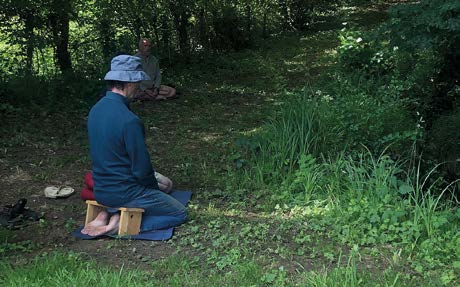
The mysterious unity in human self-awareness offers us hope as we confront the complexity of our crisis today. Recognising the mistakes we have made is painful and discouraging – the harm we have done to that beauty of nature which saves us from despair; the cruelty to animals who are also our ancestors and life companions; the neglect or worse of the most poor and vulnerable of our family members; the harm we have allowed the mega-rich to inflict on themselves and others because we flattered and indulged them instead of calling them to face the reality of our inter-dependence; the abuse of the young to whom we denied spiritual knowledge and training in their materialistically-driven education; the harm done to our own intelligence as we became addicted to the technology we created. But painful as this first stage of self-knowledge may be, it will generate hope and open new futures.
If we can understand what health means – and Barry White articulates this powerfully as a meditator and as a doctor – perhaps we won’t miss what may be our last chance at self renewal through self-knowledge. It is the contemplative’s responsibility to highlight and insist on this hope against the pessimism about humanity itself which is increasing today. In this work, the Christian contemplative tradition has an immense wisdom to contribute.
Clement of Alexandria, a 2nd century teacher of Christian faith, saw it as a way of life and a natural way of human growth, rather than as merely institutional membership or doctrinal orthodoxy. For him, the Christian life began with conversion from paganism. This means a fragmented vision of divinity devoid of the experience of God’s unity and person-centred love which results in our being scattered among many gods. Paganism manifests in every culture as it does in modern consumerism. Then, having started this transition, we need support in the basic discipline and attention to our way of living so that a healing of the division between the inner and outer self can begin. Finally, in the third stage spiritual maturity through interior knowledge is deepened and a contemplative human being is formed.
What is specifically Christian about this? It is that Christ, whose coming completes all sources of wisdom, and does not compete with other traditions, guides each stage both as Teacher and the ‘Divine Physician’. Clement sees Jesus as Jesus saw himself: as a healer not as a judge. ‘It is not the healthy who need a doctor’ he said. What he heals directly in each person and in the human family as a whole, is every kind of sickness of soul. In the early teachers of the faith, this sickness is sin. Clement (like other Christian mystical theologians) likes to tell the story of the Fall which describes Adam as a new creature who is sent on a mission by God. With youthful enthusiasm he rushes off to fulfil it but quickly falls into a pit which he cannot get out of. God does not blame or punish him for this but sends His Son to free him and restore humanity to its mission.
When they think of healing in relation to religious faith many people jump straight to the idea of miraculous cures. As long as we are mortal, this will be an understandable response to pain and suffering. But, even though many of these miracles are now available on prescription, there will always be the sickness we cannot recover from. However, a contemplative approach to health weaves healing and curing together. Cures are desirable and often mysterious. Many factors apart from medication or treatment seem to be involved in making cures successful. But healing is a deeper mystery still. We can die healed. We can live with disabilities or chronic conditions healed. Healing is restoration of the whole person to a new level of wholeness, one they would not have reached without sickness. If cure happens as well, that is cause for celebration; but even when it does not, healing itself expresses the essential purpose of medicine.
As Barry White will explore in his monthly online sessions beginning in January, to understand humanity we need to understand what health means. What do we really aspire to when we want to be made well and feel better? At the core of the mystery of healing and true health is the wondrous power of simple, pure attention. Distractedness, fragmentation, interior and external division are all forms of sickness that attention is needed to heal and restore.
“The Journey of humanity means growing into a common mind and unity”
Meditation is the universal wisdom that introduces us to this truth most simply and immediately. Attention brings us to stillness and in stillness saving knowledge emerges. If we persevere the way of attention becomes increasingly simple until there is no work to do, no goal to achieve, no observer to watch:
“Be still and know that I am God Be still and know that I am Be still and know Be still Be”
I met a graduate student once who had been on medication for ADDH since grade five. She told me how impossible it was for her to sit physically still anywhere for more than one or two minutes. Longer than that and it felt as if an army of ants was crawling all over her. If she could make it to ten in a meditation session she was overjoyed. We can only measure health and wholeness by the unique criteria of each person. But health is recognisable anywhere we find it. To be healthy and enjoy the liberty of wholeness feels essentially the same for everyone. It is part of our common humanity. In their own way the painters of Lascaux must have felt essentially what we feel. We are most one with each other in the state of health because then our personal divisions have been healed. If we are one with ourselves, we find oneness with all. The journey of humanity means growing into a common mind and unity.
John Main understood that all growth is from the centre outwards. In the centre is the original innocence we can never lose, our wholeness in the infinite simplicity of God. To return to this centre step by step, day by day, is to be healed even as we grow.
All growth needs rootedness. Our need for roots is critical to health and so we must learn how to treat the rootlessness of the modern world. Contemplation heals the world, restoring health where brutality, cruelty, greed and egoism has wounded us. The destination is even beyond this, as the mystery of the Incarnation reveals to the eye of the heart. Our common destination, our personal destiny is oneness, where we know because we are known, love because we are loved and where our work, whatever it may be, is service.
With much love,


